Portugal win Nations League title with shootout triumph over Spain
Confusion over hand-over of remains of Angola’s rebel leader Jonas Savimbi
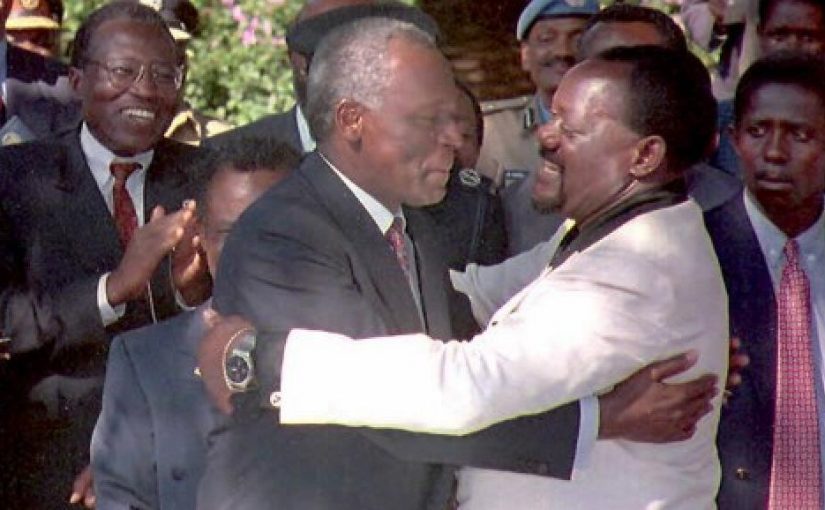
Former Angolan President José Eduardo dos Santos embraces Jonas Savimbi at a peace meeting in Lusaka, Zamibia in May 6, 1995. [Photo: AFP]
The exhumed body of Angolan rebel leader Jonas Savimbi was expected to be received by his family and members of the opposition UNITA on Tuesday, but a last-minute decision by the government has added confusion ahead of his long-awaited burial.
Members of his family and UNITA had asked the government to bury Savimbi in his home village near the city of Kuito.
His body has been buried since his death in 2002 in the neighbouring province of Moxico.
The government had agreed to bring his remains to Kuito in Blé province, but a last-minute decision by the office of the President meant the remains were sent to a military convoy in Andulo, where no family or UNITA members are present.
RFI has since learned that the government is also demanding that the burial take place on Wednesday 29 May in Andulo, rather than the planned date of 1 June in his home village of Lopitanga.
The decision to finally allow the family access to Savimba’s body follows the long road Angola has taken to peace.
Independence
At the time Angola gained independence from Portugal following a bloody war, a civil war followed that lasted for nearly 30 years.
During that time, some 500,000 people were killed and nearly four million were displaced.
The main fighting was between the MPLA, the People’s Movement for the Liberation of Angola, the FNLA, the National Liberation Front of Angola, and UNITA, the National Union for the Total Independence of Angola, established by former FNLA leader, Jonas Savimbi.
The three groups were unable to reach a power-sharing agreement and tensions began to rise and were also supported by different ethnic groups: the Bakongo people, mainly supporting the FNLA, Ovimbundu people, mainly supporting UNITA, and the Ambundu people, mainly supporting the MPLA.
The MPLA, which followed a more communist doctrine, had received backing and support from Cuba and the Soviet Union, and it had secured control of the capital Luanda shortly after independence and declared itself the new government of an independent Angola.
The FNLA made a final push to overthrow the MPLA, but they were stopped in their tracks and instead the MPLA concentrated its efforts against UNITA, given it had a broader support base.
Both the FNLA and UNITA joined forces and established a rival government in Huambo, Angola’s second largest city, where they had begun receiving aid from South Africa.
Meanwhile, President Agostinho Neto’s death in 1979 ushered the in era of Jose Eduardo dos Santos.
The black rooster
As the FNLA grew weaker in exile, the UNITA grew in strength as it garnered foreign support and established itself as an effective guerrilla army under Savimbi’s leadership.
Nicknamed “the black rooster” for his intelligence and unwillingness to compromise, the civil war pushed on as UNITA’s anti-communist forces battled the MPLA’s communist government.
In 1988, South Africa agreed to grant Namibia independence and to cease support to UNITA in exchange for the withdrawal of Cuban troops from Angola.
The move triggered an attack, as forces from the MPLA side were sceptical of the move by South Africa. But UNITA launched a counter-attack and the two groups were forced into negotiations.
Ahead of general elections that were due to be held in 1992, Dos Santos and Savimbi signed a peace deal in 1991, paving the way to a fragile peace.
But fighting prevented a second round of voting to take place.
By 1994 another attempt at peace was established through the Lusaka Protocol.
Visit to South Africa
Savimbi travelled to South Africa in 1995, wanting to learn about the country’s efforts at national reconciliation from President Nelson Mandela.
At this point, South Africa was supporting the MPLA, but it had agreed to meet with Savimbi in the hope of ensuring the Ceasefire Agreement would persist.
But, by 1998 this fell to pieces and the civil war had resumed.
Finally, on 22 February 2002, Savimbi was assassinated by MPLA forces.
He was buried the day after he died in Angola’s eastern Moxico province.
His death led to negotiations between UNITA and the MPLA resulting in a lasting peace agreement in April 2002 ending the 27 year civil war.
Savimbi
Since 2002, his family has long been asking that officials bring his body back to his family in his hometown Lopitanga.
President Dos Santos had categorically refused to do so.
But following elections in 2017, Angola’s new President Joao Lourenço agreed to have his body exhumed and sent to his family.
“For us, it’s a huge relief, because we’ve been asking for the remains of our dad’s body for seventeen years. It was his wish and our wish too, to bury him at home in Lopitanga – his village- with his family” said Helena Savimbi, his daughter who was interviewed by RFI in February 2019.
Her brother Aleluiah added that the move from President Lourenço was likely political.
“We, my brothers and I, had sent a letter to President dos Santos asking him to return the remains of our father. We never had an answer to this request, meaning it was a ‘no’. Today, I consider that the gesture of President Lourenço is a strong, symbolic gesture for national reconciliation and I want to thank him for this gesture, the remains of our father”.



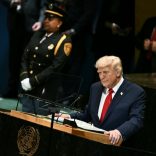
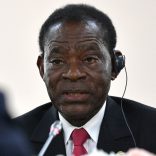



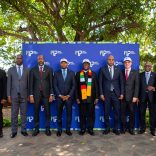
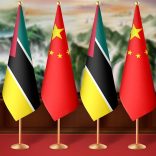


Leave a Reply
Be the First to Comment!
You must be logged in to post a comment.
You must be logged in to post a comment.